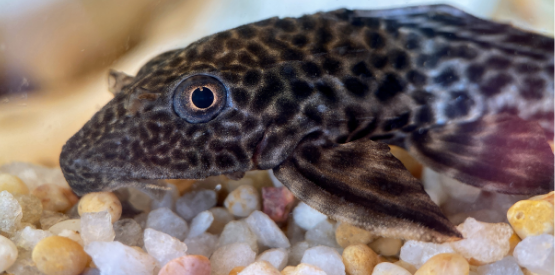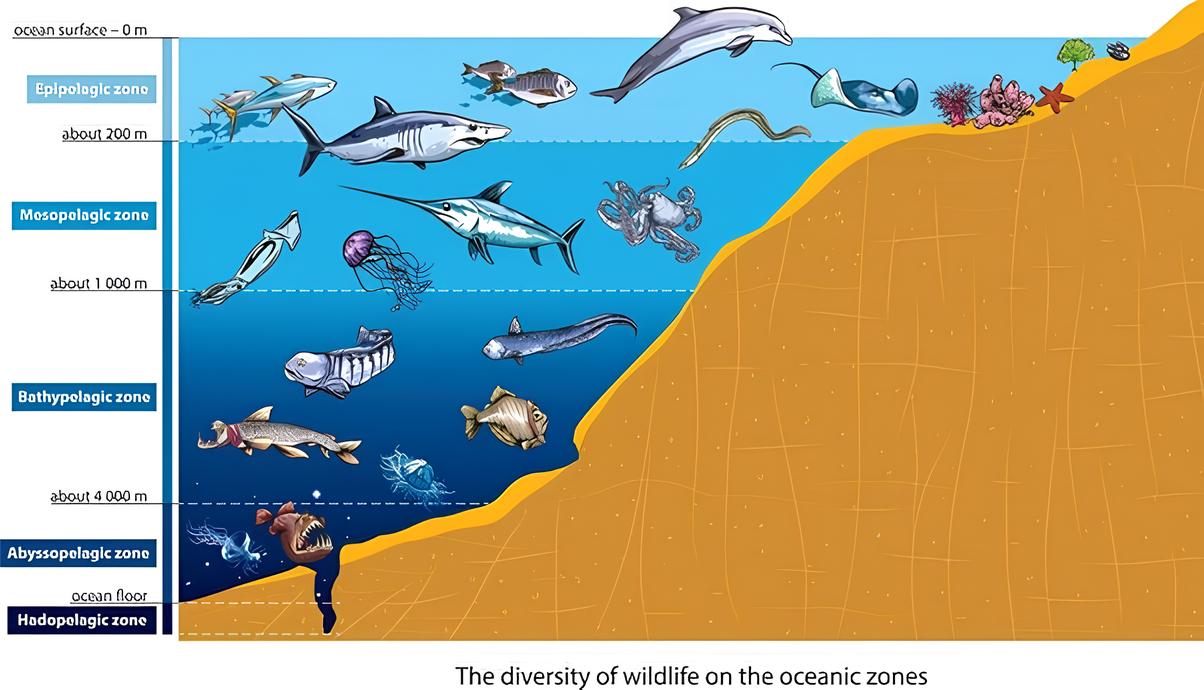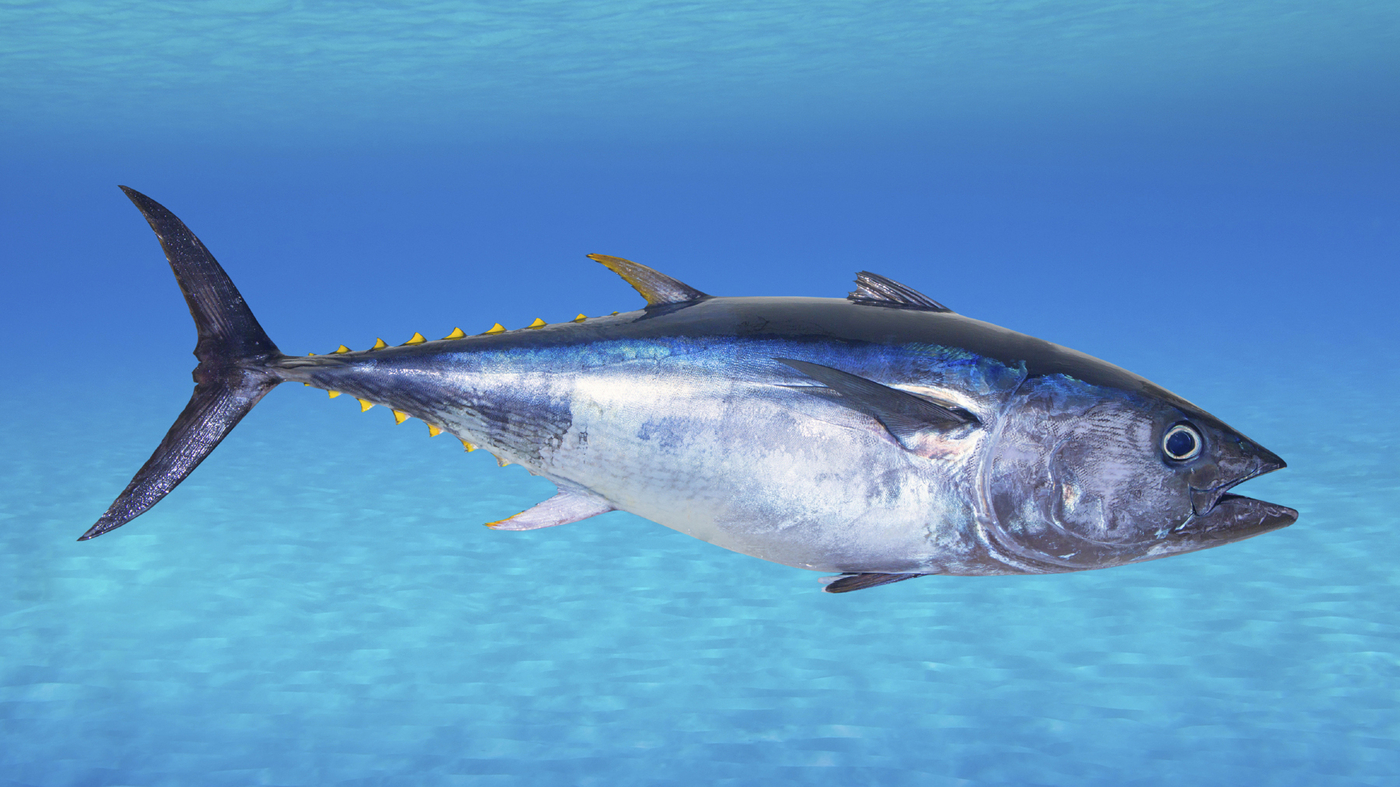
What is Ackley Improved?
Are you a firearms enthusiast curious about the term 'Ackley Improved' that keeps popping up in gun forums?
Jul 5, 2024 | by N Johansson

Not all fish scavenge the ocean floor for their meals. Many fascinating species thrive well above the seabed, employing unique feeding strategies that beginners and enthusiasts alike may find intriguing. Understanding non-bottom feeder fish can add a whole new dimension to your aquatic knowledge and fishing adventures. This guide introduces you to various types of non-bottom feeder fish, their feeding habits, habitats, and the best techniques to fish for them.

Surface Feeders
Pelagic Fish
Mid-Water Feeders

Tuna
Salmon
Mackerel
Sardines and Herring
Non-bottom feeder fish have evolved diverse and fascinating strategies to obtain food from the water column or surface. Depending on the season and availability of prey, these fish adapt their feeding habits to ensure survival. For instance, surface feeders like Bluefin Tuna rely heavily on schools of fish that stay near the surface, while mid-water feeders like Sardines filter plankton from the water.
Understanding the habitats of non-bottom feeders is crucial for both conservation and fishing purposes:

Are you a firearms enthusiast curious about the term 'Ackley Improved' that keeps popping up in gun forums?
Effective fishing techniques for catching non-bottom feeders:
Non-bottom feeders play a significant role in marine ecosystems, occupying various levels within the food chain. They serve as prey for larger predators and help control the population of smaller marine organisms, contributing to the health of marine habitats and biodiversity.
Non-bottom feeder fish offer a diverse and fascinating look into the aquatic world. From the surface-skimming Mullet to the open-water Mahi-Mahi, these fish bring vibrancy and balance to marine ecosystems. Understanding their habits and knowing how to fish for them can lead to more rewarding fishing experiences and contribute to conservation efforts. Whether you’re a seasoned angler or a curious beginner, there's always more to explore in the world of non-bottom feeder fish. So grab your gear, head to the water, and happy fishing!
Articles you might also like: